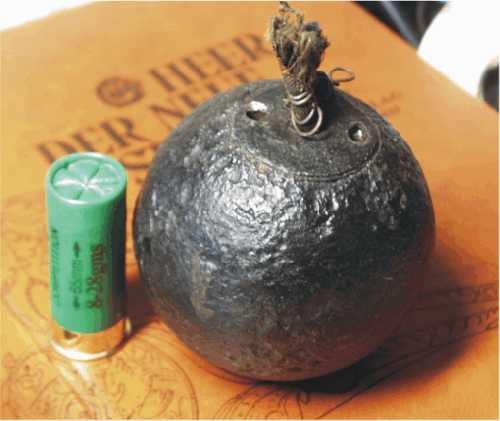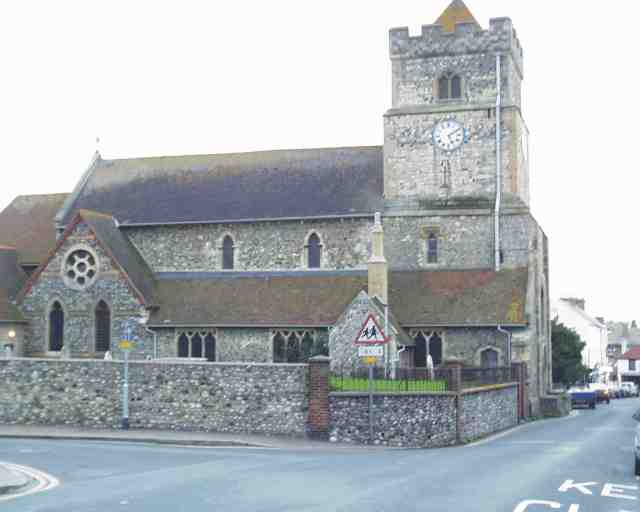Kind of sounds like English Flint - dark grey to black. It is good flint, and holds a sharp edge well. You can also knapp that flint to a thin and sharp edge. It's that thin/sharp edge, and how well it holds up, that is key to getting good sparks from your striker. Of course, that striker has to be made of very good quality high-carbon steel, and heat-treated right - extra hard to chip well, but not too hard making it very brittle. It's a delicate balance.
What you are doing when you get sparks from your flint and steel set, is using a sharp edge of the flint to dig into the steel and chip out little bits of steel. The energy you put into that process heats those little bits of steel up enough to get the carbon in them burning. That's what you see sparking. If the fire steel is too soft, your flint will dig in too much, and the chunks of steel you gouge out will be too large to get burning and spark well. Getting the fire steel as hard as possible will give you good sparks, but it will be so brittle that it would break easily - possibly from just striking the flint. Having a properly made flint striker or fire steel really makes a difference.
The flint is basically just a sharp edge. You can use most any rock that you can knapp or chip to a sharp edge - like chert, quartz, granite, agate, fossilized bone, etc. Flint just holds that thin/sharp edge better. For example, you can use a sharp edge of a piece of granite, but that sharp edge crumbles after a few hits. And various types of flint have different levels of hardness. Obsidian is vulcanic glass, and is way too brittle - crumbles fast. It's great for learning how to knapp arrowheads, tho. The English black/grey work very well - which is why the make good flintlock gun flints. The French amber flints are the same. I really like the Knife River Flint from Montana - an amber or rootbeer colored flint. There is a light grey flint in Wisconsin called the Prairie du Chien deposit. Works well for knapping arrowheads, but the edge wears back fast with a striker. The same goes for the Texas flint/chert. Once in a while here in Iowa, we can find some hard, and smooth grained white chert that works very well. But most of the chert we find in the limestone bluffs around here is coarse grained and breaks/crumbles fast.
Anyway, it sounds like he was using some English flint. Dixie Gun Works used to sell English Flint nodules. I don't know if they still do. You can also get musket flints from most of the larger vendors out there. Gun flints were commonly packaged along with flint strikers in the original trade goods bundles - and sold to be used together. So using a musket flint with your striker is very historically correct. And it can solve that flint supply problem.
These are but my humble opinions, and are best used in conjunction with your own research.
yhs
Mike Ameling








